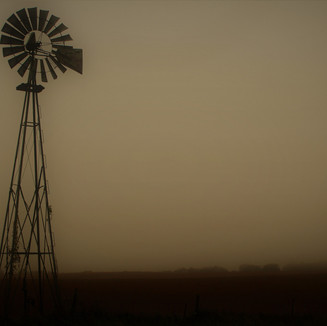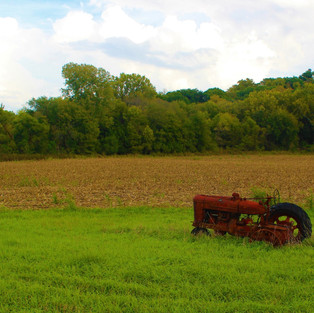- Michael Loven-Crum

- Oct 12, 2018
- 2 min read
Updated: Oct 13, 2018
When my sister (from Mississippi) and I met up in Kansas City, it happened to be a Monday, Columbus Day no less, and there didn't appear to be much to go see and do that was open. However, we came across a suggested site called the Kansas City Workhouse, and the photo appearing with it showed an intriguing castle. We read some of the reviews posted by previous visitors, and while it appeared that this castle might not be in a 'good' neighborhood, we decided to go investigate. We were both saddened and excited to find what we did. Saddened, because this beautifully built castle was now abandoned and surely in very bad disrepair while also overtaken with graffiti everywhere, including on the outside of the castle's once-beautiful exterior walls. However, we were strangely excited to discover all the powerful graffiti that adorned the interior walls as its bright and bold colors created a scene that neither of us could have envisioned prior to arriving. All the interior elevated floors and doors are long gone, so you could view from the basement floor all the way up through the top floor's roof. All this combined to make us want to know how such a magnificent building came to be, what its original purpose was, and how it eventually became just an abandoned building. A quick visit to Wikipedia gave of a glimpse of those answers, but left much to be desired in the true history of this castle. From Wikipedia:
"City workhouse castle or Vine Street workhouse castle is a castle structure located at 21st and Vine in Kansas City, Missouri. Built in 1897, the building was originally designed as a city jail for petty offenders such as vagrants and debtors. As a part of their sentence these prisoners were expected to work, the women sewed prison uniforms and the men labored for the city's public works department. The building itself was constructed using labor of the prisoners who also mined the limestone onsite. Designed by prominent Kansas City architects, A. Wallace Love and James Oliver Hog, the structure was built in a romanesque revival style because it was considered in vogue at the time. In 1924, the jail closed and the building would be repurposed more than a dozen times until it was eventually abandoned in 1972."
We would have loved to explore it more, but it was a little eerie being close-up with few other people around. It had rained that morning, so some of the newly formed puddles provided temporary mirrors that reflected some of the colorful graffiti which added to the fun of capturing these images.













































































